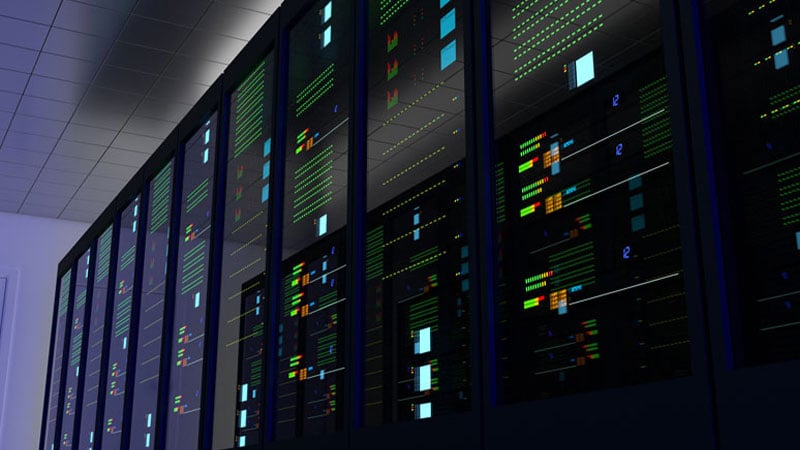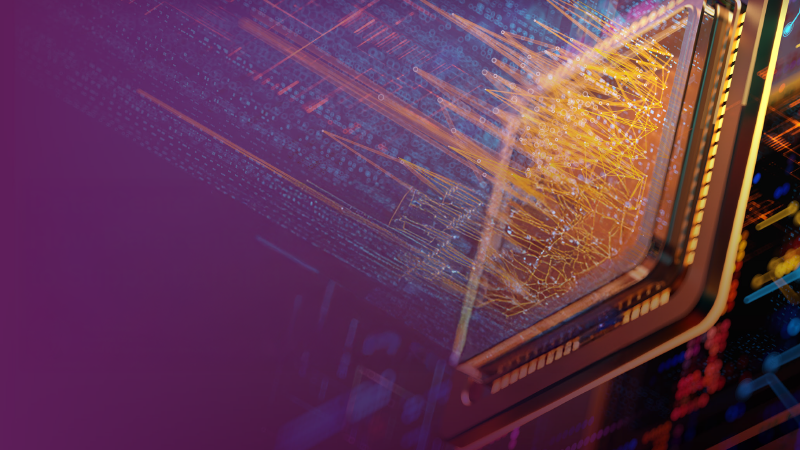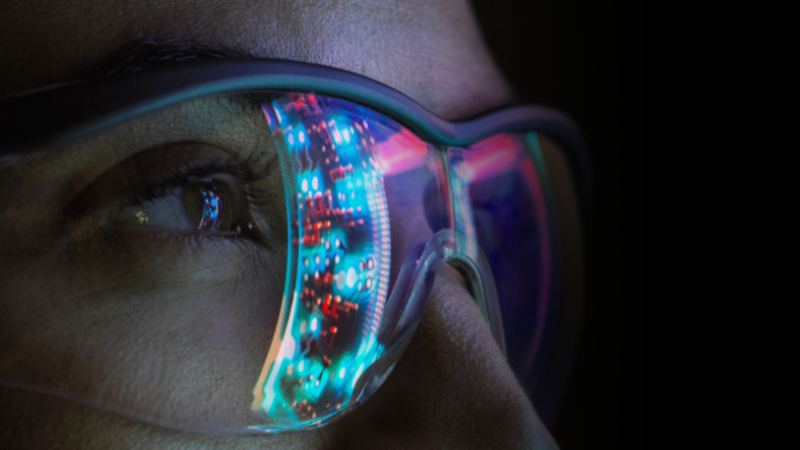Data centers should be seen as the next logical units of compute as IT and facilities infrastructure become more closely coupled driven by the demands of AI workloads.
We’ve grown accustomed to calling things “computers” that, until recently, were just everyday objects. Cars are the best-known example. With more code than a fighter jet and more silicon than steel in some cases, they’ve become computers on wheels—some even self-driving. The same applies to smart fridges, watches, thermostats, and yes, even washing machines.
Yet paradoxically, we don’t extend the same digital dignity to the very environments that host computation. Even though data centers are purpose-built to manage IT infrastructure, they are still often reduced to real estate—viewed as “buildings” by facilities teams and as “compute” by IT teams, with little middle ground.
That’s no longer sustainable.
The data center as the next unit of compute
This is where AI, and particularly accelerated computing, becomes the inflection point. The increasing density of AI workloads—driven by models with trillions of parameters and GPU clusters pulling 100kW+ per rack—is forcing a rethinking of traditional abstractions.
Jensen Huang, NVIDIA CEO, has argued that the data center itself is now the unit of compute. That’s a compelling evolution: Chip → Server → Rack → Row → Room → Data Center. Each layer a more integrated and optimized machine, not a loose assembly of parts.
451 Research and others have gone further, suggesting we think of the data center as a machine—not a building—the next unit of compute. And machines have blueprints, tolerance specs, and performance metrics. They are engineered. Measured. Tuned. Repeatable.
The dramatic expansion in AI training by large cloud and LLM providers has begun to shift the needle and led to an increase in rack power densities that has finally made the physics-based arguments for liquid cooling – where the IT and thermal are tightly integrated - more persuasive. Innovation is also happening on power delivery and distribution to more closely couple with the IT.
Vertiv has been specifically spearheading this IT/OT convergence on several fronts including through its close technology partnerships with leading chipmakers including NVIDIA. I recently presented Vertiv’s view on the concept of the data center as the next unit of compute at NVIDIA’s GTC event in San Jose California in a joint session with analyst firm IDC. The central attributes of that idea include:
- The overall data center resembles a printed circuit board. That’s power, cooling and IT services all fused together delivering more than 20 percent more energy efficiency, 30 percent more space efficiency, deployed in half the time at 25 percent total cost of ownership saving.
- Another key item is that this approach handles dynamic work loads. It’s like a pit crew where the car zooms in for a pit stop and everything is in sync to refill change tires. Too much and its wasted, too little and the race is lost. It’s the same thing for GPUs predicting power and cooling ahead.
Vertiv recently released a complete 7MW reference architecture of the NVIDIA GB200 NVL72 platform, co-developed with NVIDIA. The reference architecture accelerates the deployment of the NVIDIA GB200 NVL72 liquid-cooled rack-scale platform and supports up to 132kW per rack. Vertiv continues its close collaboration with NVIDIA on next-generation AI infrastructure, including forthcoming GPU platforms introduced at NVIDIA’s flagship GTC 2025 event.
As well as the argument that data centers should be considered as units of compute, there is a related push to classify data centers optimized for AI as ‘AI Factories’ and even the largest hyperscale sites as ‘AI Gigafactories.’ Interestingly, it also continues the narrative of the data center as a building – albeit one dedicated to ‘manufacturing’ AI at scale.
“We are proud to deepen our collaboration with NVIDIA to enable AI-driven data centers of today and tomorrow. As a leader in critical power and cooling infrastructure, Vertiv is uniquely positioned to support the NVIDIA GB200 NVL72 platform."
Giordano Albertazzi, Vertiv CEO
“With Vertiv's world-class cooling and power technologies, NVIDIA can realize our vision to reinvent computing and build a new industry of AI factories that produce digital intelligence to benefit every company and industry.”
Jensen Huang, NVIDIA CEO
Source: Vertiv codevelops with NVIDIA complete power and cooling blueprint for NVIDIA GB200 NVL72 platform
NVIDIA is also working with Vertiv and others to deliver on this AI Factory future through advanced digital twin technology - Omniverse Blueprint Advances AI Factory Design and Simulation - as well as the potential use of AI agents to go beyond even the Data Center Infrastructure Management (DCIM) hype promised nearly a decade ago.
The convergence is inevitable
The road to self-driving data centers is beginning to resemble the road to self-driving cars—longer than expected, but very much underway. Compute is becoming infrastructure. Infrastructure is becoming intelligent. And the data center is evolving from building to machine.
Whether we call them buildings, factories, or computers will eventually become semantics. What matters is recognizing what they’ve become: intelligent, interconnected systems engineered to deliver AI at scale.






